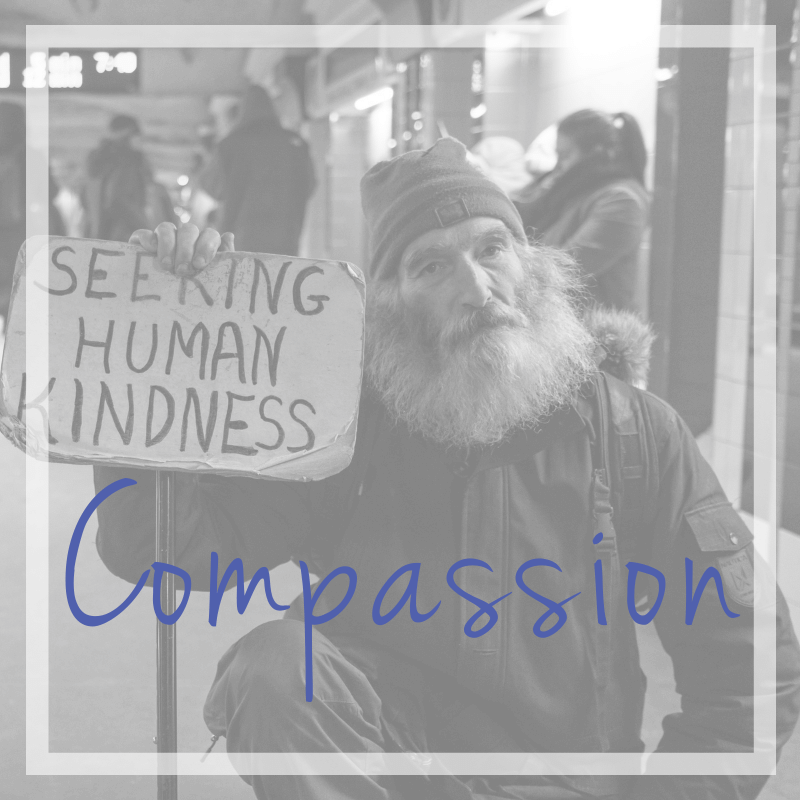Comfort is an essential principle to cultivate in your life. While the yoga path teaches the importance of surrender, discipline, hard work, and effort, these more intense qualities are meant to be balanced out by a sense of ease. Yoga is hard in many different ways but it’s not supposed to be painful. It’s not supposed to hurt. Life can be challenging but also joyful. You can be uncomfortable and still connect with a sense of ease. Comfort is a mindset.
My journey with the principle of comfort
I distinctly remember one time when I was leading a teacher training and talking about this idea of comfort. I sometimes use the words comfort and ease interchangeably but one student was really having a hard time with the word comfort, specifically. The word comfort didn’t work for her because she felt like there were yoga poses that were simply not comfortable in her body. She could understand how to find more ease in her body when she was in an uncomfortable yoga pose, but she couldn’t bring herself to ignore her discomfort and somehow think that she was feeling comfortable instead. I certainly don’t advocate we ignore our physical discomfort. If your hip hurts in a lunge position, I’m not asking you to magically think that you love the pose. But embodying the principle of comfort allows you to remain in challenging situations even when it would be more comfortable to leave.
The last time I was really uncomfortable was during a phone call. I had to have a really hard conversation with a friend based on some things that had happened throughout our friendship in the past. I physically felt uncomfortable. My body shook. I mentally felt uncomfortable. I wasn’t sure what to say. But I cultivated comfort by allowing myself to be in my body and be as present as possible for the conversation. I mentally, physically, and emotionally prepared throughout the day for the conversation. I practiced my breathing during the conversation. I gave myself compassion, space, and time when I didn’t have words. After the conversation I gave myself space to reflect and process. I found comfort in the tools I had to manage a challenging situation, despite the fact that I felt uncomfortable in my body. I could have ignored the opportunity to have the conversation in the first place. I could have decided to never talk to this friend again. Instead, I stepped into the discomfort and found ways to bring as much comfort back into the experience as possible.
Comfort isn’t always immediate. It’s about routine, repetition, ritual, nurturing, and drawing within. Comfort is ultimately about managing and balancing your individual energy. It’s about calibrating your energy to meet the needs of the moment. Sometimes that means you need to slow down and sometimes that means you need to speed up. What creates comfort for you is unique to you. The tools you use to cultivate comfort are most effective when they are free, available at any time of the day or night, and require no props. Your breath, your mind, your body. These are the things that cause you discomfort and they are also the things that will lead you back to comfort.
The Yoga Sutra
Sutra 2.46: The posture you choose for meditation should be steady and comfortable.
Sutra 2.47: You can find steadiness in your posture by relaxing the effort required to sustain it. You can find comfort and ease in your posture by focusing on the infinite.
I’ve never been a fan of the phrase “No pain, no gain,” and when it comes to yoga practice there is no place for pain. Sutra 2.46 tells you how to approach asana practice. Patanjali suggests that practicing asana should be steady and comfortable. Sutra 2.47 expands on how to find comfort. “Focusing on the infinite” might not be obvious advice but it’s brilliant in practice. To focus on the infinite is to expand your awareness. Take Tree Pose as an example. In Tree Pose, you’re often told to find one point of focus to help you balance better. Maybe you choose one spot on the wall. But all the focus on one spot requires a lot of effort from your eyes and from your mind. By expanding your awareness beyond that one point you maintain a sense of focus, but one that is softer and more open. With expanded awareness there is more room to move. While you might not want to move in Tree Pose, the fact is that balance does not equal stillness. Balance is dynamic. Allowing for some swaying and movement, and becoming comfortable with that as part of your posture, gives you more opportunity to be in the pose. Simply expanding your awareness of what Tree Pose could be opens up more opportunity for comfort.
Focusing on possibility brings forth opportunity and opportunity offers comfort a seat at the table. Yes, some yoga poses are hard and require a lot of effort, but there is also a quality of ease you can invite into the process. Yes, life is hard sometimes, but you also have the opportunity at any moment to invite ease into your experience.
Find comfort in your practice and teaching
To find comfort when you’re not normally comfortable, consider using these yogic tools. When you find yourself in a yoga pose that is not physically comfortable, take a deep breath. Acknowledge the sensations that are present and, if you are in pain, adjust your position to come out of pain. If you are merely uncomfortable, find a way to focus your thoughts so that discomfort doesn’t rule your experience. Choose a mantra or affirmation that reminds you of ease. One of my favorites is “I am okay.” Imagine releasing tension on your exhales. Imagine breathing in ease and relaxation. Focus your awareness on a part of the body where you can find ease, like your jaw, your fingers, or your toes. Sometimes focusing on the lower belly expanding as you inhale is enough to trigger feelings of relaxation. Consider all the possibilities you have to be in a particular pose by changing your current position. Let yourself stay in the moment and find ways to bring ease and comfort into your experience. These same ideas can be offered to your students as cues or suggestions if you are teaching a challenging pose or sequence.
Put it into practice
Comfort doesn’t have to be hard. We don’t have to practice it only in uncomfortable situations. Sometimes, just resting in a comfortable position is a good practice for building up our ease reserves. Too often in our life we put ourselves in challenging situations that we don’t need to be in, simply because our society glorifies challenge. There’s noting wrong with resting, either! It’s all about finding the right balance. Try this brief restorative practice to find comfort in your own practice and life. For some people, doing nothing is uncomfortable. If that’s the case for you, try some of the suggestions above. For others, doing nothing is what you look forward to most each day. Wherever, whoever, however you are, may you find peace, comfort, and ease for a few moments today.
Namaste!





